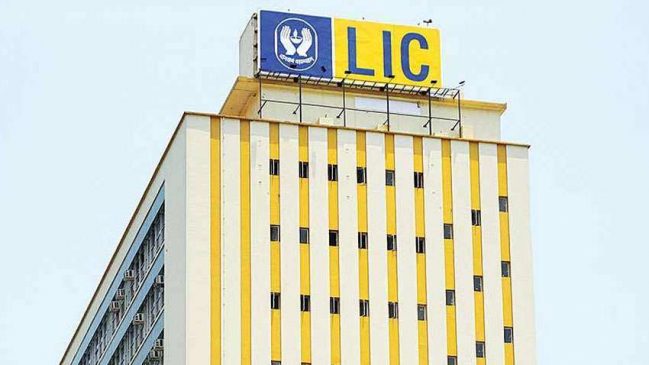When a LIC policy matures, policyholders need to submit a maturity claim to receive the payout, which can now be done online through LIC’s website. LIC urges customers to update their bank details and complete KYC to ensure smooth payments. For endowment policies, LIC sends a notification two months before maturity, and the payment is processed once the required documents, like the discharge form and NEFT mandate, are submitted. Additional forms, like medical and police reports, may be needed for deaths within three years of policy issuance or if death occurred due to unnatural causes. Following these steps ensures a smooth claims process.
Read More: Bank Holiday Alert: Are Banks Open This Saturday, September 21, 2024?
LIC Urges Policyholders to Update Bank Details and KYC
The Life Insurance Corporation of India (LIC) is encouraging policyholders to update their bank details and submit KYC documents to ensure smooth processing of their policy payments.
LIC Claims Settlement Procedure
Claims settlement is a critical aspect of LIC’s customer service. The company places high importance on settling both maturity and death claims promptly. Below is a step-by-step guide to the maturity and death claims settlement processes, as per the LIC website.
Read More: PM Kisan 18th Installment: Rs 2000 To Be Credited Soon, Complete These 3 Steps And…
How to Submit a Maturity Claim for an LIC Policy
Endowment Maturity Claims
For endowment policies, the payment is due at the end of the policy period. LIC typically sends a letter to policyholders two months before the maturity date, notifying them of the amount payable. Upon receipt of the required documents, the payment is processed so that the maturity amount is credited to the policyholder’s bank account on the due date.
- To submit a maturity claim, the LIC policyholder must provide:
- A completed discharge form
- The original policy document
- A NEFT mandate form (bank account details with supporting documents)
- KYC documents, as specified by LIC.
- LIC Money-Back Policies: Claim Settlement Process
For policies like LIC money-back plans, periodic payouts are made to policyholders provided that the premiums have been paid up to the survival benefit anniversary date. For amounts up to Rs 5,00,000, no discharge receipt or policy document is required. Survival benefits under the Jeevan Anand plan are also provided without the need for a discharge form for sums up to Rs 2,00,000. However, for larger amounts, a policy bond and discharge receipt are mandatory.
Read More: Under NPS Vatsalya What Happens To Pension Account When Minor Turns 18
LIC Death Claims: Required Documents
In the event of a death claim, the amount is payable for policies where premiums are paid up-to-date or where death occurs within the grace period. Upon notification of the policyholder’s death, the LIC branch office requires the following documents:
- Claim Form A – Claimant’s statement providing details of the deceased and the claimant.
- Certified extract from the death register
- Documentary proof of age, if not previously verified.
- Proof of title to the deceased’s estate, if the policy has not been nominated, assigned, or issued under the M.W.P. Act.
- Original policy document
If the death occurs within three years of the date of risk or revival, additional forms are required:
- Claim Form B – Medical Attendant’s Certificate completed by the attending physician during the deceased’s last illness.
- Claim Form B1 – Completed if the policyholder received treatment in a hospital.
- Claim Form B2 – Completed by the Medical Attendant who treated the deceased before their last illness.
- Claim Form C – Certificate of Identity and burial/cremation, signed by a person of good standing.
- Claim Form E – Certificate from the Employer if the deceased was employed.
In case of death due to an accident or unnatural causes, certified copies of the First Information Report (FIR), post-mortem report, and police investigation report are also required. These additional forms help verify the authenticity of the claim and ensure that no material information was withheld when the policy was issued.
By submitting the correct documents and following the proper procedures, policyholders or their beneficiaries can ensure a smooth and timely settlement of their claims.



































